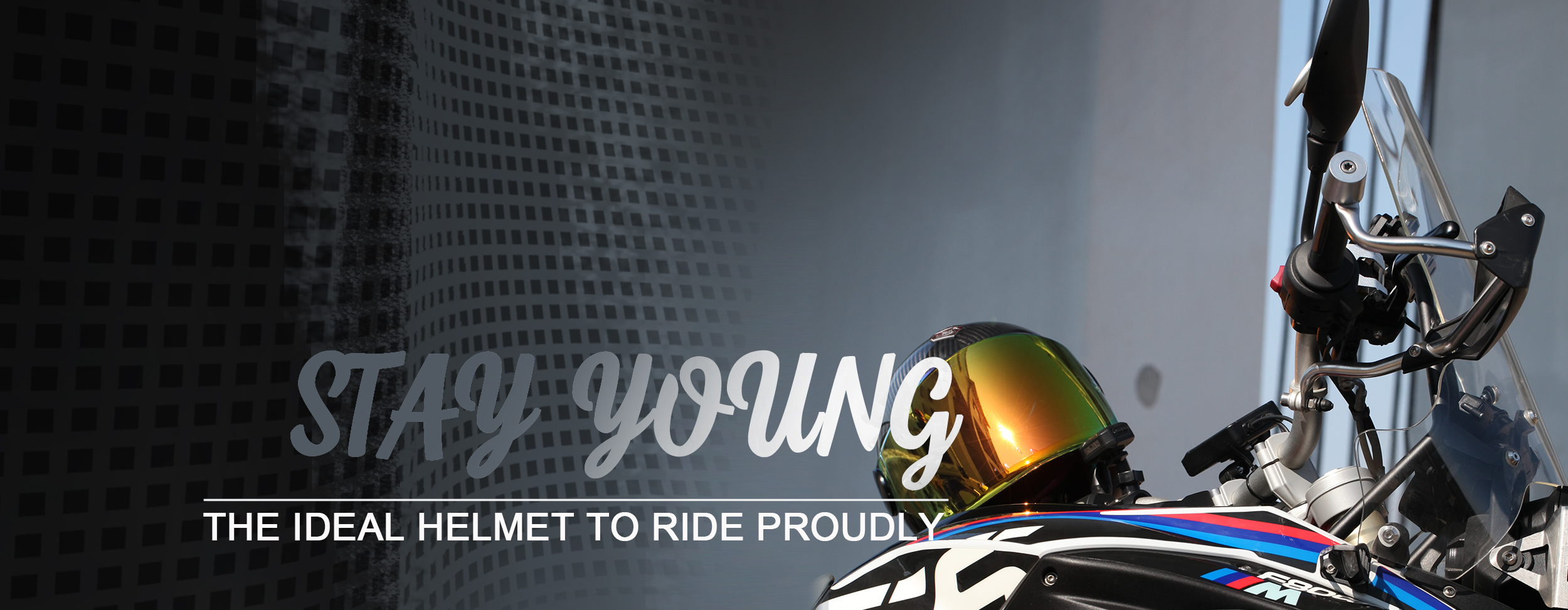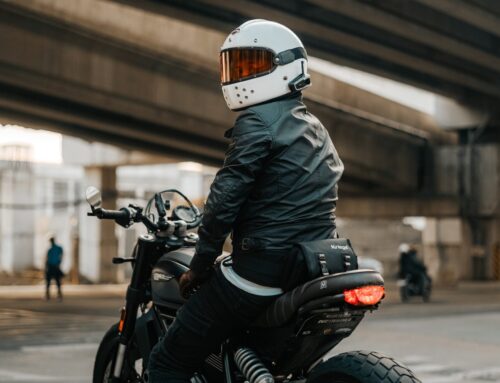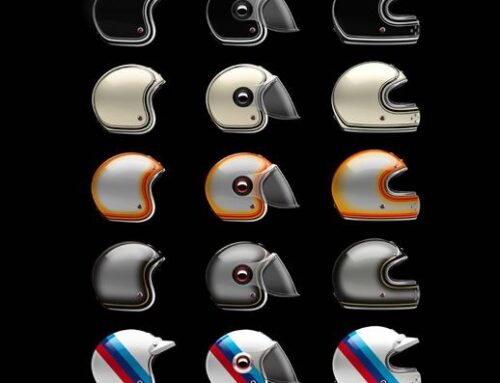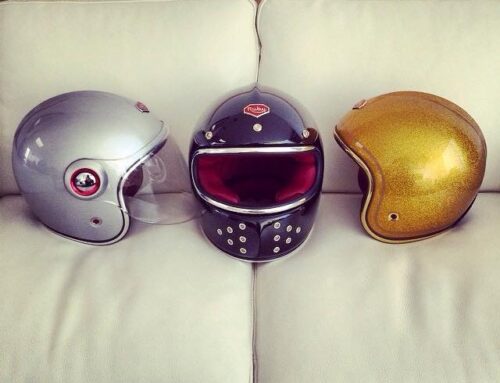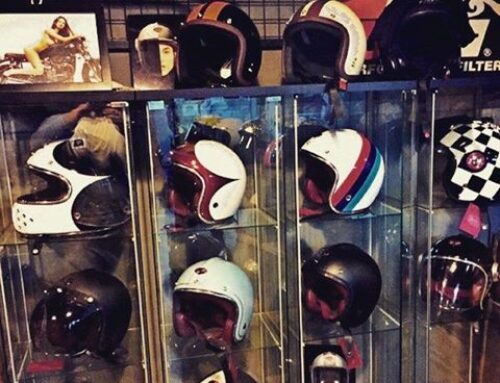When it comes to motorcycle safety gear, a helmet is undoubtedly the most crucial piece of equipment. A well-chosen motorcycle helmet can mean the difference between life and death in the event of an accident. With so many options available on the market, finding the best helmet can be overwhelming. In this comprehensive guide, we will walk you through the essential factors to consider when selecting the perfect motorcycle helmet that prioritizes safety, comfort, and style.
- Safety First
The paramount consideration when choosing a motorcycle helmet is safety. Look for helmets that meet or exceed safety standards like DOT (Department of Transportation), ECE (Economic Commission for Europe), or Snell (Snell Memorial Foundation) certifications. These labels indicate that the helmet has undergone rigorous testing and meets the required safety benchmarks.
- Finding the Right Fit
Comfort is key, especially during long rides. A helmet should fit snugly but not too tight, ensuring a secure and comfortable fit. Before purchasing a helmet, measure the circumference of your head and refer to the manufacturer’s size chart to select the appropriate size.
- Helmet Types and Styles
Motorcycle helmets come in various styles, each offering distinct features and levels of protection. The main types are:
a. Full-face helmets: These offer the most comprehensive protection, covering the entire head, including the face and chin. They are popular among sportbike riders and provide excellent protection against impacts and weather conditions.
b. Open-face helmets: Also known as 3/4 helmets, they cover the top and back of the head but leave the face open. While offering good ventilation and visibility, they provide less protection than full-face helmets.
c. Half helmets: These cover only the top of the head and offer the least protection. They are lightweight and provide more ventilation but are not recommended for high-speed riding or risky road conditions.
Choose the helmet style that suits your riding needs, but always prioritize safety over aesthetics.
- Helmet Materials and Durability
The materials used in constructing a helmet directly impact its durability and safety. Common materials include:
a. Polycarbonate: These helmets are affordable and lightweight, making them a popular choice for beginners or casual riders.
b. Fiberglass composite: More robust and lightweight than polycarbonate, these helmets offer better impact absorption and are suitable for regular riders.
c. Carbon fiber: The lightest and strongest material, carbon fiber helmets are favored by professional riders for their superior performance, but they come with a higher price tag.
Consider your riding frequency and preferences to determine the appropriate material for your helmet.
- Ventilation and Airflow
Proper ventilation is essential for rider comfort, especially during hot weather conditions. Look for helmets with adequate airflow and adjustable vents to regulate temperature and prevent fogging.
- Additional Features
Some helmets come with extra features designed to enhance the riding experience. These may include:
a. Integrated sun visors: These flip-down visors provide protection from the sun without the need for additional sunglasses.
b. Anti-fog coatings: These coatings prevent the visor from fogging up in cold or humid weather, improving visibility.
c. Built-in communication systems: Some helmets have Bluetooth integration, allowing riders to make hands-free calls or listen to music while riding.
While these features can be beneficial, remember that safety and comfort should remain the primary focus when choosing a helmet.
- Reviews and Expert Opinions
Before making a final decision, read reviews from other riders and seek expert opinions from reputable sources. User experiences and expert evaluations can provide valuable insights into the helmet’s performance and durability.
Conclusion
In conclusion, selecting the best motorcycle helmet is a critical decision that should not be taken lightly. Prioritize safety by choosing helmets with appropriate certifications and materials. Comfort is equally important, so find a helmet that fits snugly and suits your riding style. Explore different styles to match your preferences and make sure to consider additional features that enhance your riding experience.
Remember that each rider’s needs vary, so take the time to research and read reviews to find the perfect helmet for your specific requirements. A well-chosen helmet can make all the difference in ensuring a safe and enjoyable riding experience. Invest in the best helmet you can afford, as it is an investment in your safety on the open road.
